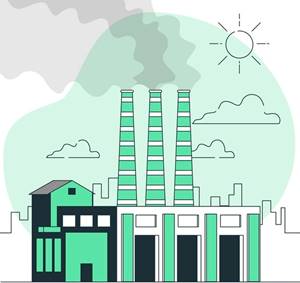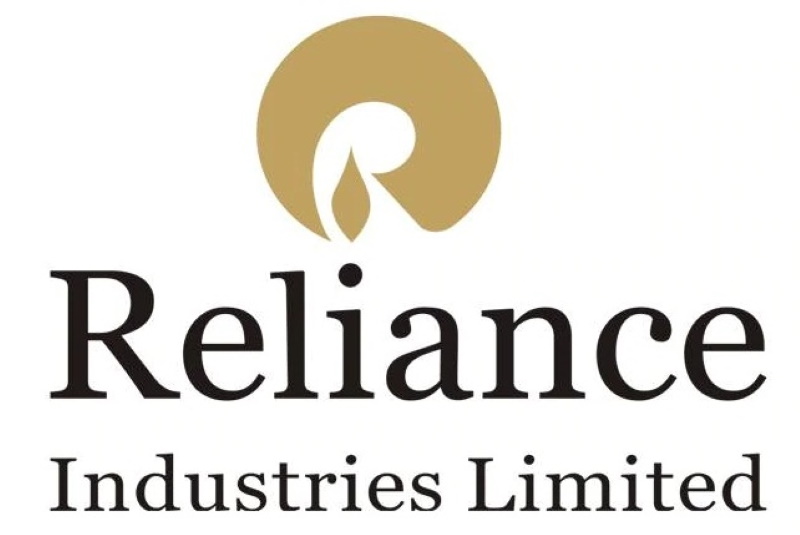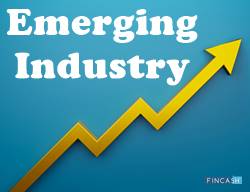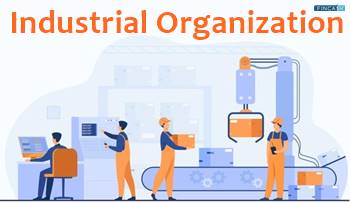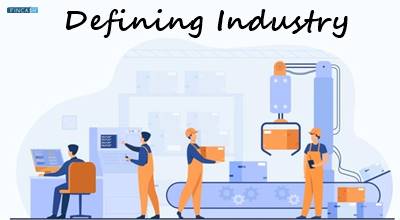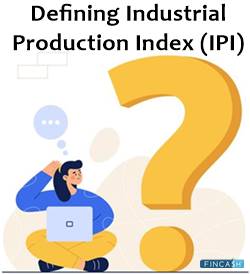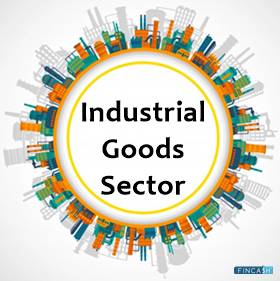What is the Industrial Revolution?
The Industrial Revolution was a period wherein many developments in agriculture, Manufacturing, mining, transportation, and technology profoundly affected the social and economic order.
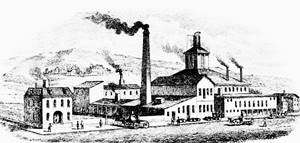
The revolution marked a significant shift in human social, political, and economic structure. It refers to the transition from the production of goods based on hand labour to mechanized factories, which led to changes in the way people lived their lives.
Industrial Revolution Summary
The industrial revolution began in 18th-century Great Britain and spread throughout Europe and North America, eventually affecting the entire world. The invention of the steam engine in 1765, by James Watt, eased getting heavy machinery to work for humans. This machine could produce much more power than any other engine before it, leading to other inventions, such as railroads, in 1804.
First Industrial Revolution
The first industrial revolution took place in the 1800s with improvements in steam-powered machinery. This happened because people started to see that machines could do some aspects of their work for them instead of just working with their hands. These machines did all sorts of different things like spinning wool or turning wood on lathes. It helped mechanize the production of textiles and other goods.
Three main factors led to the First Industrial Revolution:
- The development of machine tools, which led to mass production.
- The use of coal as a power source gave people the ability to produce goods and services at a much faster rate than they could before due to its availability and easy transport.
- The steam engine's invention made it possible for people to produce power in factories instead of relying solely on water mills or windmills.
Talk to our investment specialist
Second Industrial Revolution
The term "second industrial revolution," also known as the "American industrial revolution," lasted from 1870 to 1914. The American mass production system was adopted worldwide, together with many American consumer products such as automobiles, telephones, and electric lighting. It has been a great boon to the global Economy as it increased international trade and boosted Economic Growth.
The rapid adoption of new technologies, improvements in our payment and delivery system, and the development of new business models like e-commerce, E-business, online marketing, mobile commerce, etc., are the various factors that affected this. At this time, electricity became widespread, which led to invention and innovation in transportation and communication.
Third Industrial Revolution
The third industrial revolution is used to describe the transition from a manufacturing-based economy to a service-based one. The third industrial revolution is characterized by the convergence of nanotechnology, biotechnology, information technology, and cognitive science. Converging technologies are changing the way we live, work and play in ways we cannot yet imagine.
The most notable example of this is self-driving cars. Soon, they will be cruising our streets collecting people for their next meeting or delivering our groceries to the door. The opportunities are endless for this new technology that has already disrupted industries like transportation and logistics.
Fourth Industrial Revolution
The fourth industrial revolution will lead to the restructuring and reorganization of world economies and how we work in the modern era. The fourth industrial revolution is the shift from traditional manufacturing to digital manufacturing that will change the way we live and work.
It is expected to involve many emerging technologies such as artificial intelligence, robotics, and nanotechnology. Industry experts have predicted that by 2025, 75% of all new jobs will be created in the digital economy. This means that many people will need to train to work in a data-driven world because skill sets such as programming, design thinking, and statistics will be crucial for success. There has been a shift from manual labour-based jobs into more analytical positions. Workers are expected to have higher education and skillsets because robots are now used instead of human labour in many industries.
Industrial Revolution - Pros and Cons
The Industrial Revolution brought many advantages and disadvantages. These include:
Pros
- Cheap, mass-produced goods
- Higher incomes for most people
- The abolition of slavery
- An end to feudalism
- Hygienic conditions in cities
Cons
- Exploitation of workers
- Causes a rift in society
- Shrink in workforce
- Urban population increases
Conclusion
The Industrial Revolution created higher production rates, created more pollution, and increased competition in global markets. The world has become much smaller now that trade is possible with countries around the globe. It allowed for an increase in population and the availability of high-quality food and necessities for people living in urban areas.
The industrial revolution resulted in many social changes that were progressive at first but then became detrimental to society. It has changed the way products are made, and it has changed the world as we know it.
All efforts have been made to ensure the information provided here is accurate. However, no guarantees are made regarding correctness of data. Please verify with scheme information document before making any investment.
